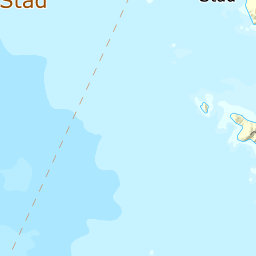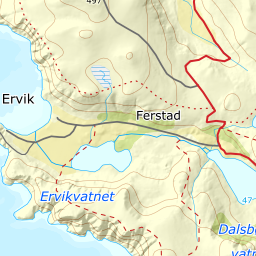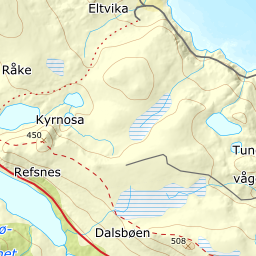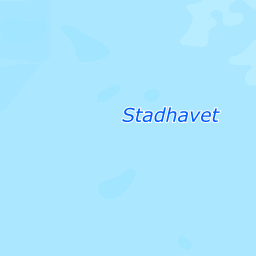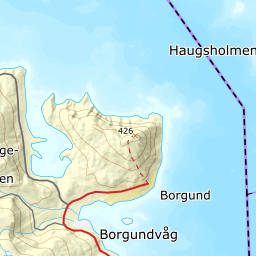Fangeleir i Ervik
Krigsfangeleiren i Ervik var ein av dei større i Sogn og Fjordane. Fangane vart nytta i arbeidet med å byggja tyske militære anlegg ytst på Stadlandet. I leiren var det kring 120 fangar.
Olga Barmen fortel
Olga Barmen budde like ved leiren. Ho har fortalt om krigstida i Ervik i boka Krigsår. Om fangane står mellom anna dette:
"Fangane kom i puljar til Ervik. Mange døydde i Ervika, nokre av sjukdom, svolt og utmatting, andre vart skotne. Vi såg av og til døde russarar bli frakta ut av leiren på handvogn for å verte gravlagde på Sanden rett nedanfor leiren. (..) Eg hugsar godt ei natt då ni russarar eller kanskje fleire klipte seg ut gjenom piggtrådgjerdet og rømde. Tre av dei vart raskt tekne og skotne morgonen etter."
Fellesgrav
Etter krigen vart det funne 21 lik, men bygdefolket meinte at fleire vart gravlagde av tyskarane. Det har vore sagt at kring 30 russefangar miste livet på Stadlandet. Dei 21 døde vart gravlagde i ei fellesgrav på kyrkjegarden i Ervik ein torsdagskveld i september 1945. Mange frå Stadlandet var med. Sokneprest Tungesvik stod føre jordfestinga og Selje mannskor song fleire vakre songar under leiing av kyrkjesongar Ervik. Kort tid etter vart det sett opp ein kvitmåla trekross på grava med denne innskrifta:
"Her hviler 21 Russere" og under forkortingane "42-43" for perioden 1942-1943
Seinare vart dei gravlagde overførde til ein kyrkjegard i Laksevåg samstundes med gravlagde russarar frå Florø, Askvoll, Solund og Fjell.
Klokketårnet omgjort til minnerom
8. mai 2005 vart det opna eit rom til minne om dei 21 russiske krigsfangane i klokketårnet på kyrkjegarden i Ervik. Trekrossen som tidlegare stod på fellesgrava deira er festa på ein av veggene. Dessutan er hengt opp nokre bilete og litt informasjon. Det er også ordna til for å tenna lys i minnerommet.
Rommet i klokketårnet var tidlegare lagerrom for ymse verkty og gravereiskapar.
Opningshøgtida
Under minnehøgtida orienterte Bjørn Jensen om russeleiren i Ervik. Ingen veit kor mange fangar som var innom leiren, heller ikkje kor mange som vart drepne eller døydde som fylgje av dei elendige levekåra fangane hadde. Det var 19 fangar i leiren då freden kom.
Ingen kjenner namna på fangane, heller ikkje kvar dei overlevande vart av. Ein har funne fram til at det var fangar av fleire nasjonalitetar, - ukrainarar, russarar og visstnok også polakkar.
I gudstenesta vart det nytta ein ukrainsk melodi på Kyrie Elison og ein russisk tone på songen "Eg har høyrt om ein stad i det høge". Presten song også ein song om lengt til Ukraina.
På kyrkjegarden spelte Bjørn Jensen ein russisk melodi og presten las ei bøn før salmen "Guds kjærleik er som stranda og som graset" vart sungen.



